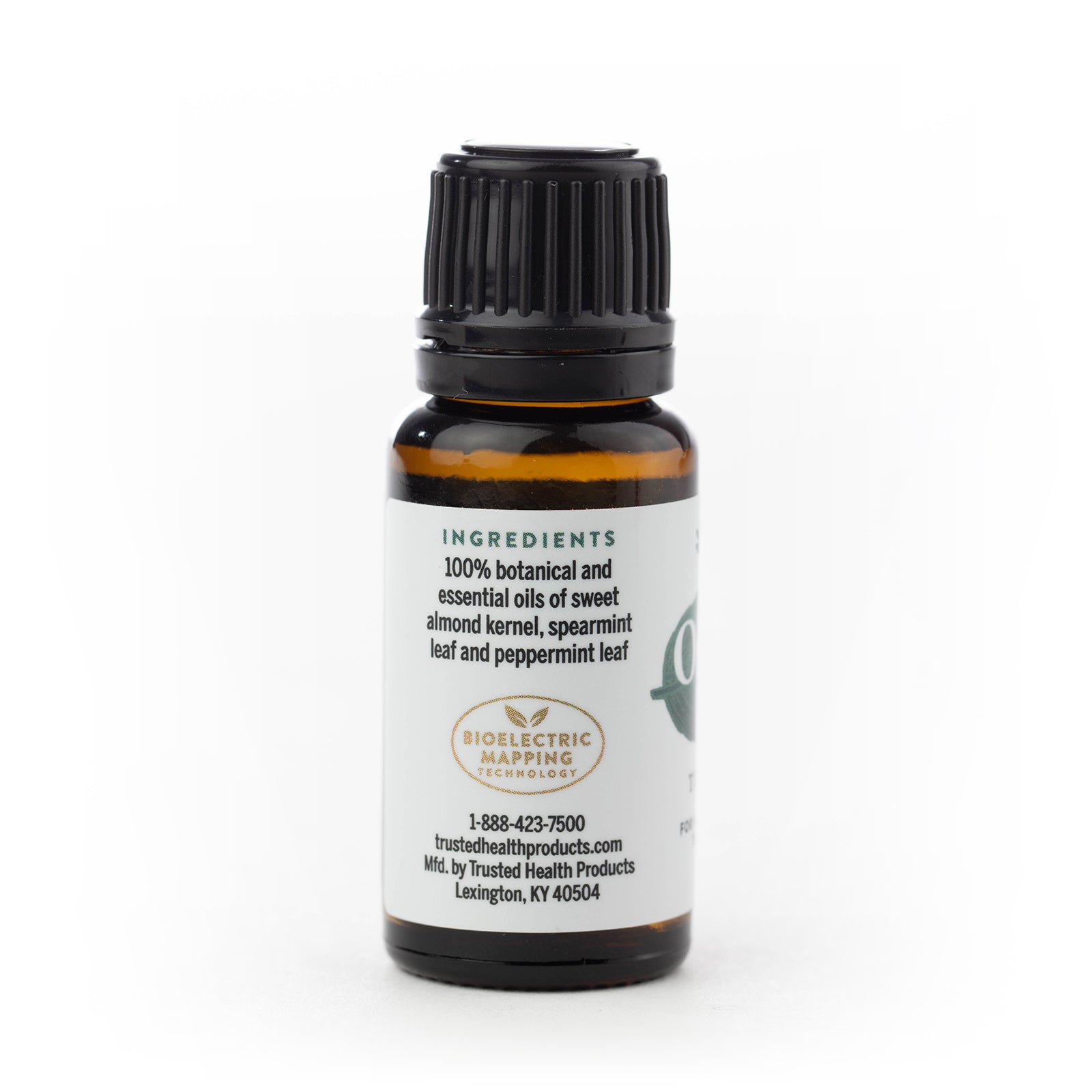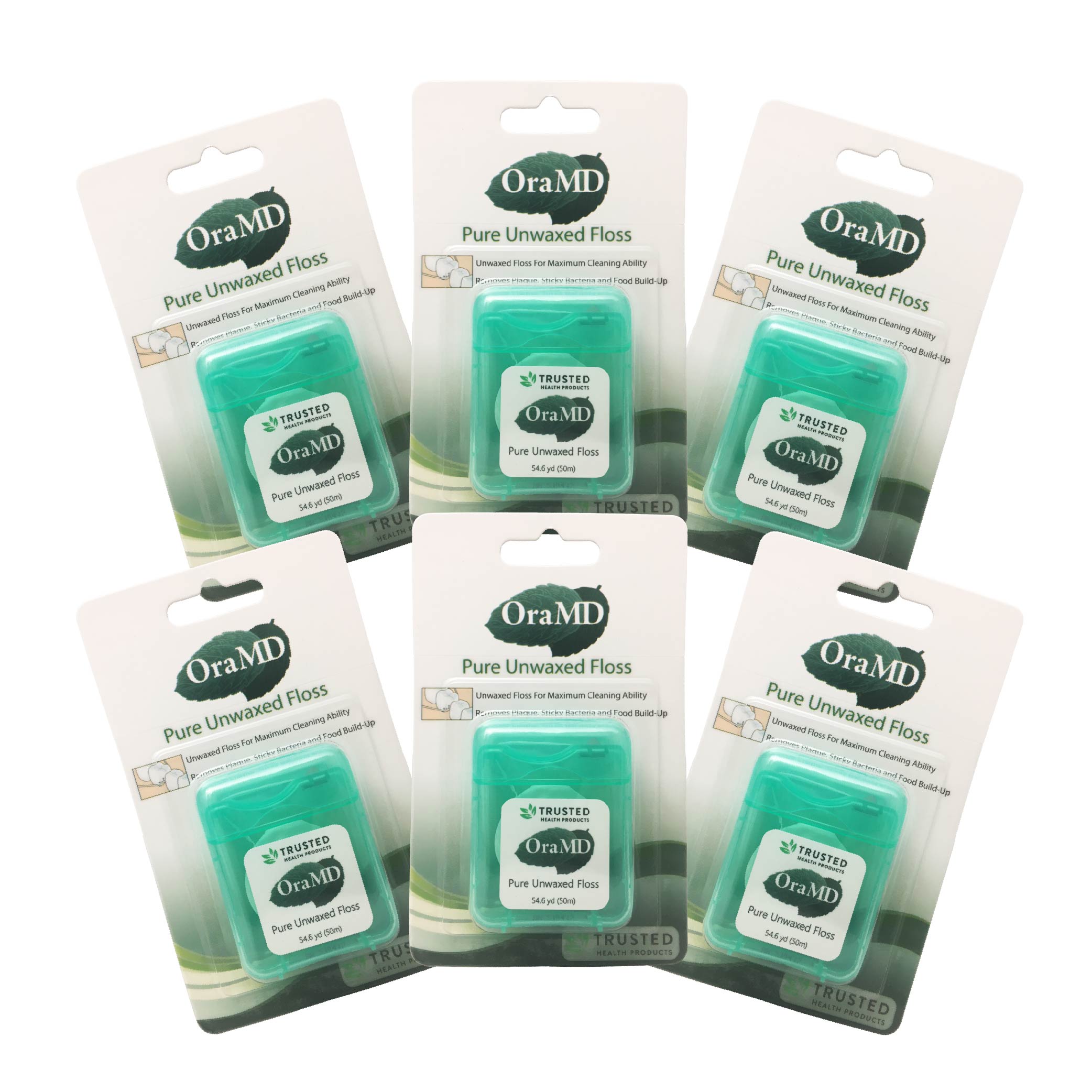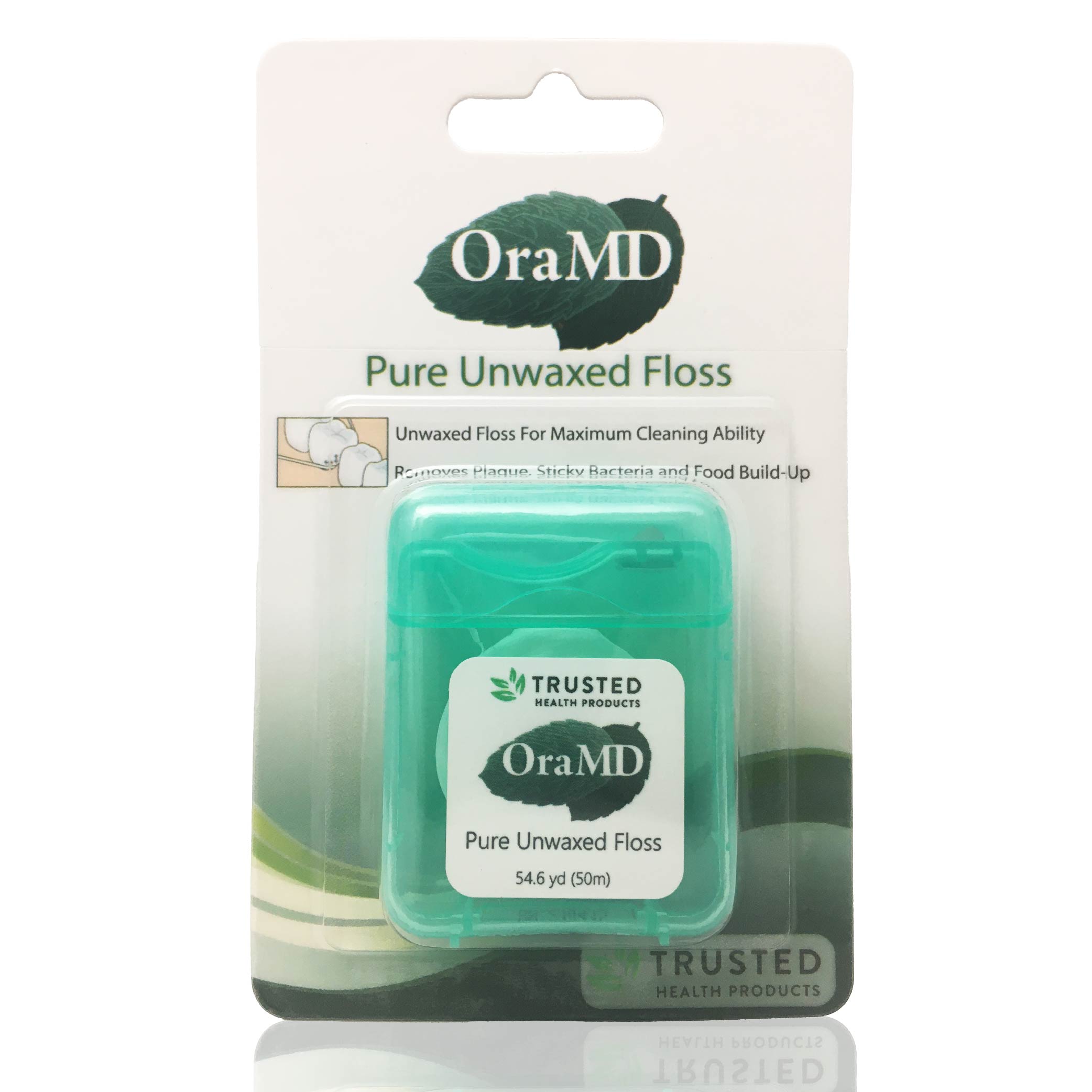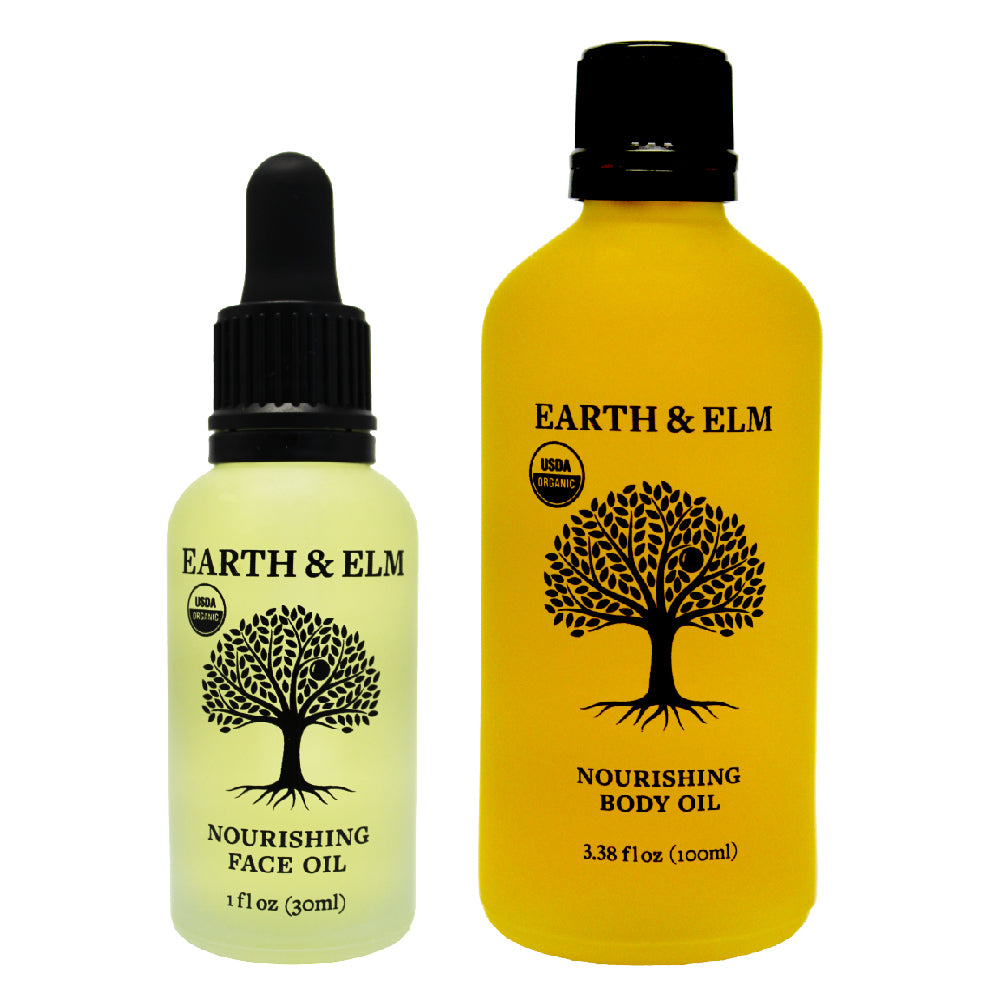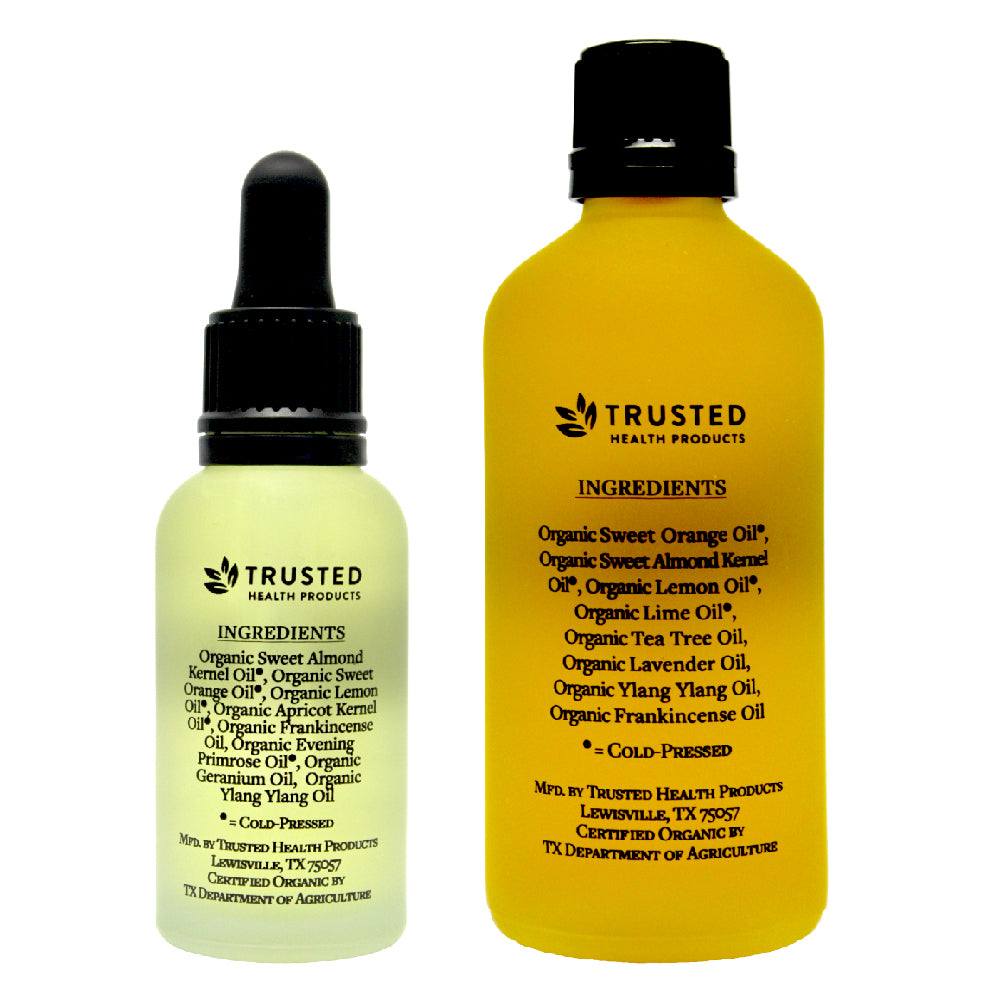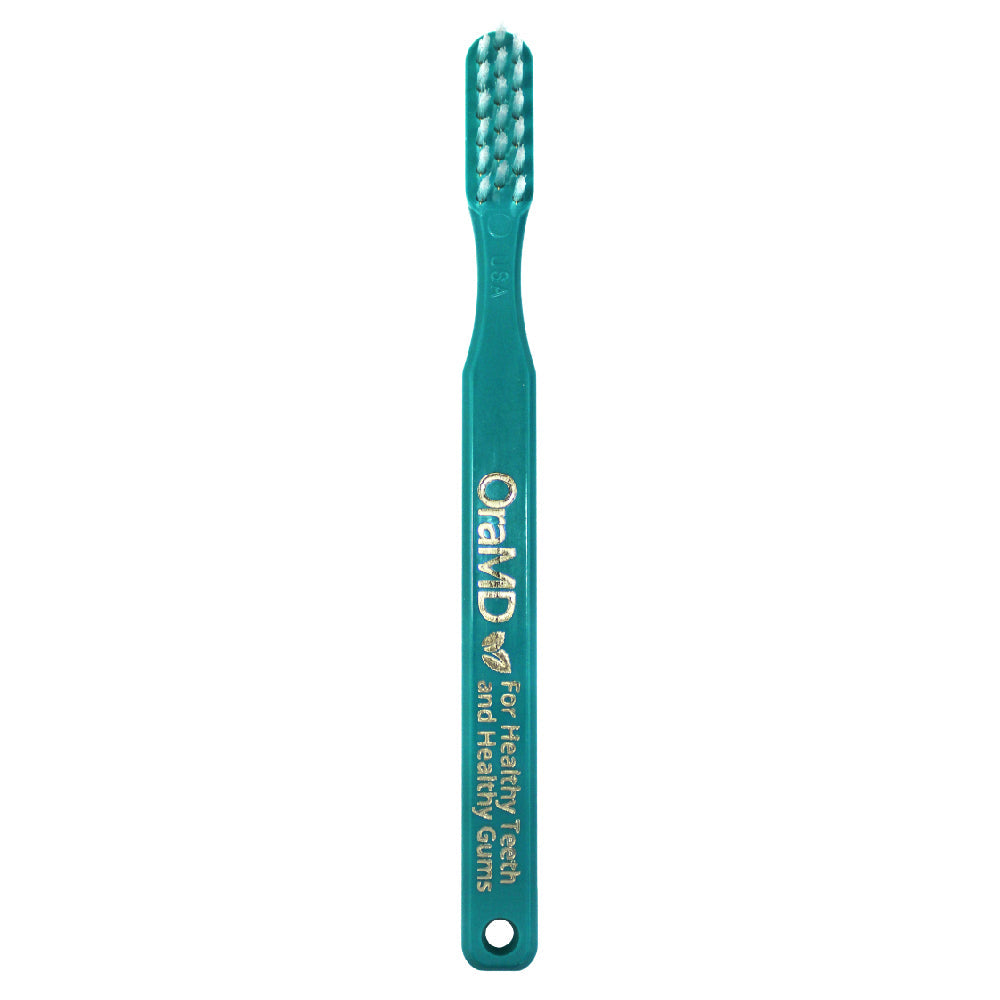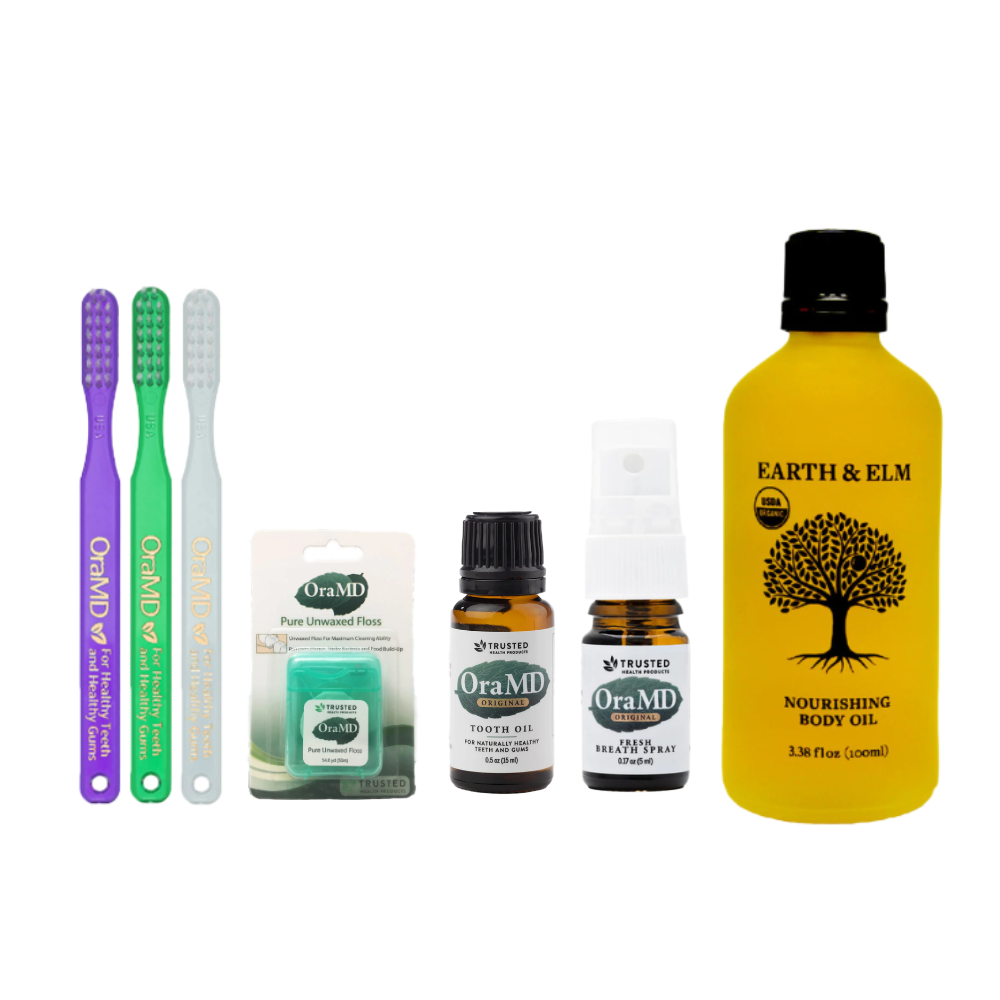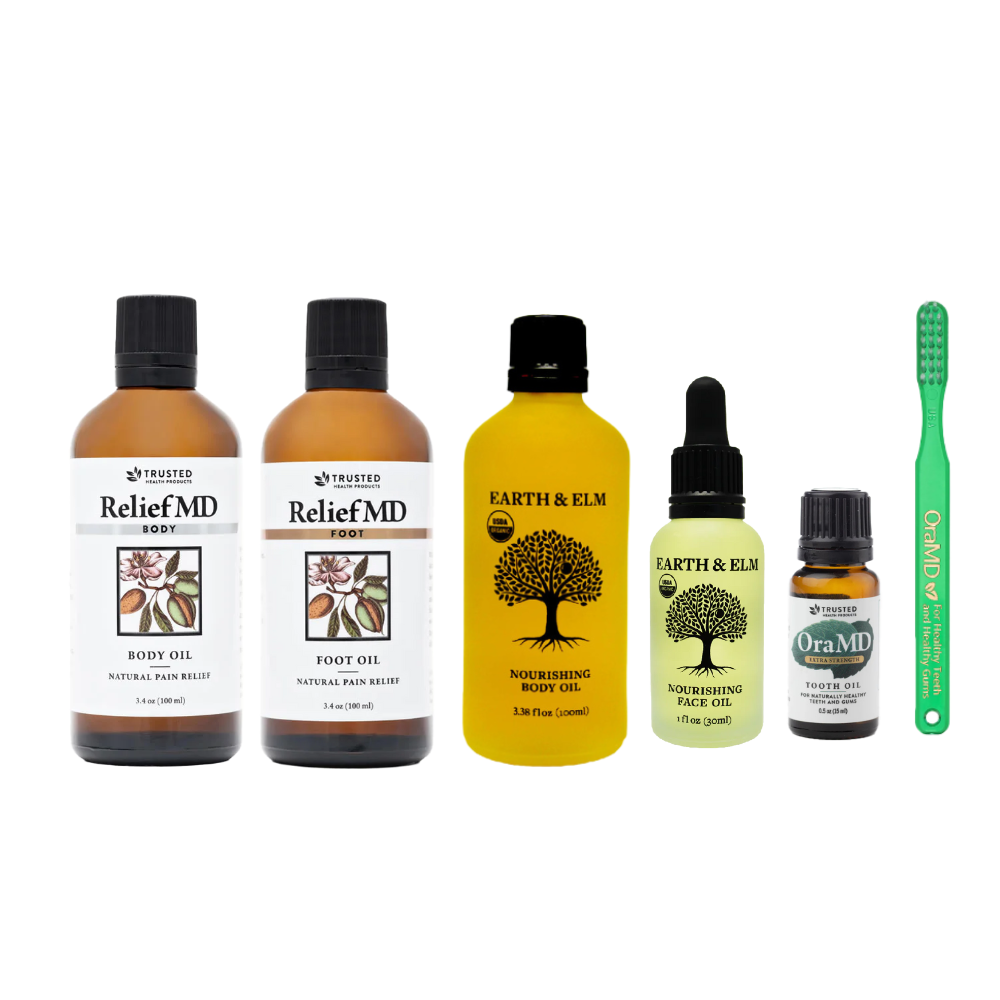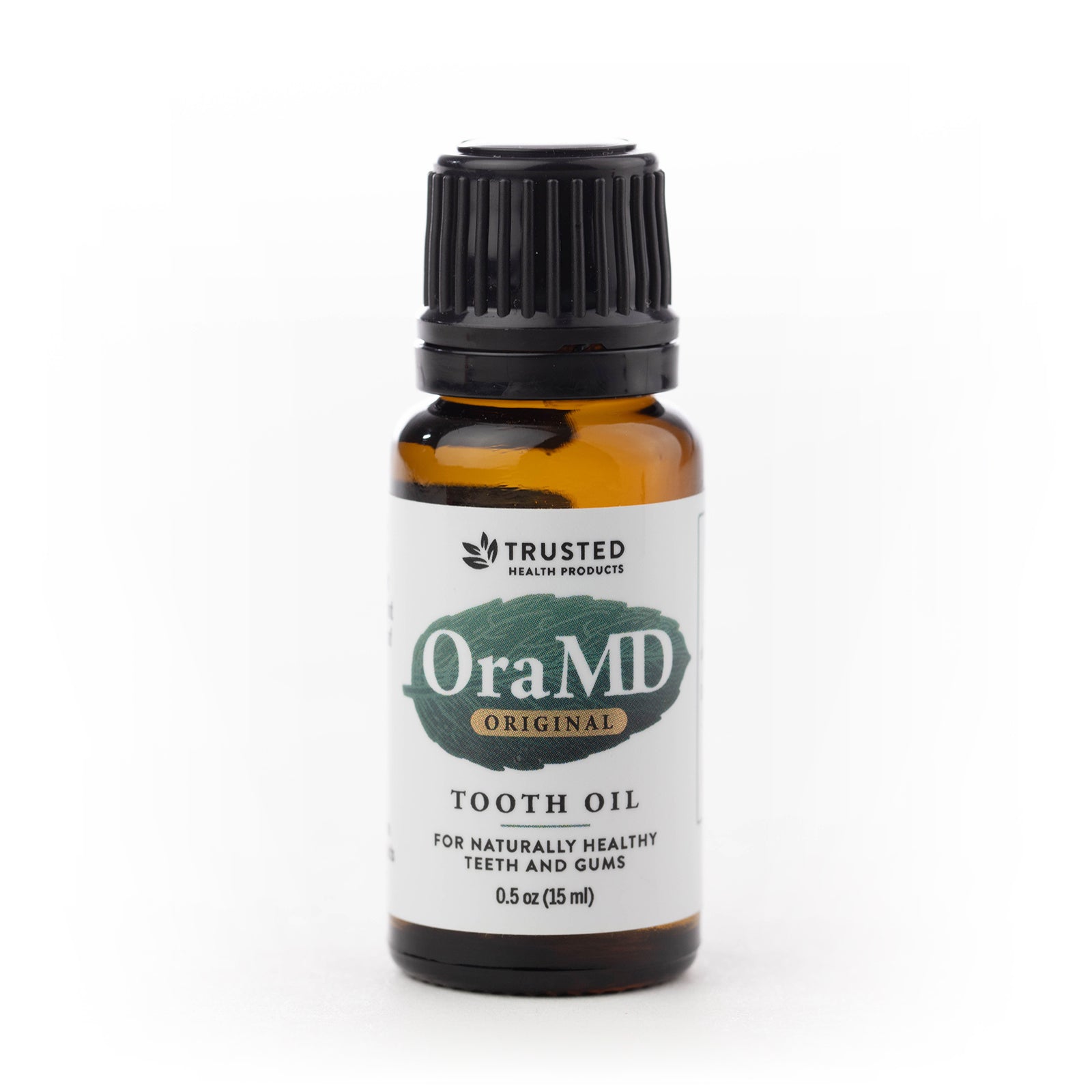Inflammation In The News: Can It Cause Gastric Cancer?
December 19, 2019
Author: Kenneth Melicado
Tags:
A link between chronic gastritis and stomach bacterium Helicobacter pylori was reported in 1982, which triggered a flurry of research into this newly-identified pathogen. These studies made it clear that in addition to its involvement in gastritis, H. pylori was a significant factor in the development of both peptic ulcers and gastric cancer. But while the link between the bacterium and disease was clear-cut, exactly how H. pylori caused gastric tumors remained the subject of much debate.
Inflammation caused by H. pylori infection also produces ROS, increasing oxidative stress in the stomach. The research team showed that inflammation caused excess production of NOX1-complex proteins in response to signals from NF-κB, a regulatory protein that turns on genes to combat stress or bacterial infection, and which is a major player in the inflammatory response. However, most importantly, they found that NOX1/ROS signaling caused gastric epithelial stem cells to multiply uncontrollably, resulting in tumor formation.
Knowing this, the researchers used a drug to suppress the activity of the NOX1 complex, which immediately halted the growth of gastric cancer cells. Disruption of Noxo1 in a mouse gastritis model stopped the proliferation of epithelial stem cells. "We have finally been able to show that inflammation enhances the expression of NOXO1, which induces the proliferation of gastric epithelial stem cells, leading to gastric tumors," added Dr. Masanobu Oshima, senior author of the study. "Gastric cancer is the fourth most common cancer worldwide and has the second highest mortality rate. If we can disrupt the NOX1/ROS signaling pathway in situ, we may be able to prevent the development of this aggressive disease."
Can Exercise Help Protect Smokers From Inflammation?
Regular exercise may protect smokers from some of the negative effects associated with smoking, such as muscle loss and inflammation, says a study published in the American Journal of Physiology—Regulatory, Integrative and Comparative Physiology. Smoking can cause a number of system-wide physiological changes in addition to local damage to the lungs. Inflammation that begins in the pulmonary system can “spill over” into the circulatory system to cause damage to other organs throughout the body. Inflammation can also interact negatively with the protein pathways in the body, causing muscle to break down more quickly than it is produced. This process leads to muscle loss, also called muscle wasting or atrophy, which causes weakness.
The researchers studied markers of inflammation in the blood and muscle fibers from two groups of mice that were exposed to cigarette smoke on a long-term basis. One group performed daily running tests on a treadmill for the last eight weeks of the study - “smoke-exposed exercise” - while the other group did not exercise - “smoke-exposed.” Both smoke-exposed groups were compared to age-matched controls not exposed to smoke. Markers of inflammation increased in the blood and muscle samples of the smoke-exposed group but improved significantly in the smoke-exposed exercise group after the research team introduced the treadmill tests.
Both smoke-exposed groups had a lower muscle weight when compared to the control group and showed a decrease in fiber area in the muscles prior to introduction of exercise. Exercise reversed some of this type of damage in the smoke-exposed exercise group. “Regular endurance exercise training seems to protect long-term smokers against some important negative local and systemic consequences of smoking,” the report says.
How The Skin Becomes Inflamed
Researchers at Johns Hopkins University reported in Cell Host & Microbe the discovery of a key underlying immune mechanism that explains why to how our skin becomes inflamed from conditions such as atopic dermatitis, more commonly known as eczema. Toxin-producing bacteria on the surface of our skin induces a protein that causes our own cells to react and cause inflammation. “Our skin is covered with bacteria as part of our normal skin microbiome and typically serves as a barrier that protects us from infection and inflammation,” says Lloyd Miller, M.D., Ph.D., associate professor of dermatology at the Johns Hopkins University School of Medicine. “However, when that barrier is broken, the increased exposure to certain bacteria really causes problems.”
The bacteria Staphylococcus aureus, or S. aureus, is an important human pathogen and the most common cause of skin infections in people. “20 to 30 percent of the U.S. population have S. aureus living on their skin or in their nose, and over time, up to 85 percent of people come into contact with it,” Miller added. “Eczema is an inflammatory skin disease that affects 20 percent of children and about five percent of adults. Ninety percent of patients with eczema have exceedingly high numbers of S. aureus bacteria on their inflamed skin. We don’t really know what causes atopic dermatitis and there aren’t many good treatments for it.”
The researchers set out to learn more about how the condition arises in hopes that other treatments can be developed. It was previously shown by others that a rare disease called generalized pustular psoriasis in which the skin erupts into pustules was caused by a genetic mutation that resulted in unrestrained activity of a protein normally produced in our skin, called IL-36. This was a clue that IL-36 might have something to do with how bacteria on the skin surface induce inflammation. So they set out to test this idea in mice. They soaked a small gauze pad with S. aureus and applied it to the back skin of normal mice and those that had been genetically engineered to lack the receptor for IL-36 that triggers inflammatory responses.
They found the normal mice developed scaly and inflamed skin, and the genetically engineered mice lacking IL-36 activity had almost no skin inflammation. “We are very excited about these results as there is currently only a single biologic treatment targeting an inflammatory mechanism in atopic dermatitis on the market,” Miller said. “As there are patients who don’t respond or have treatment failures, it would be better if there were biologics on the market that target alternative mechanisms involved in skin inflammation. Untreated eczema can lead to other allergic conditions, including asthma, food allergies, seasonal allergies and conjunctivitis. Blocking the skin inflammation in eczema has the potential to prevent these unwanted conditions.
A Way To Control Inflammation
Scientists at the Centre for Genomic Regulation (CRG), part of the Barcelona Institute of Science and Technology (BIST), in Barcelona, Spain, have uncovered the biological details of how cells produce a crucial molecule involved in inflammation. The findings were published in the journal Developmental Cell and the research was led by Vivek Malhotra, ICREA Research Professor and head of the Intracellular Compartmentation group at the CRG.
The research focuses on IL-1β, a protein released by immune cells in response to “danger” signals such as bacterial infection or tissue damage, triggering inflammation that helps to fight off infection and aid healing. Excessive production of IL-1β leads to unwanted inflammation, which has been implicated in a wide range of illnesses including auto-immune, neurodegenerative and cardiovascular diseases. Making sure that IL-1β is produced at the right time and in the right place is therefore vital for health. Despite its role in inflammation, there is still a lot of mystery around how much IL-1β is made and how it is released from immune cells. IL-1β lacks the usual molecular “identity tag” found on many other proteins that are exported out of cells, which directs them through the usual processing pathway.
Recent reports have suggested that IL-1β production might be dependent on something known as the unfolded protein response (UPR) - a “fail safe” that prevents abnormal proteins building up inside cells when they are in stressful conditions, such as low nutrient levels. But growing evidence points to a role for the UPR in producing proteins under normal conditions too. In search of the connection between the UPR and IL-1β production, the researchers took a clue from simple slime molds and yeast that use similar pathways to secrete proteins when they are stressed. One of the key players in this process is known as GrpA, which is very similar to a protein called GRASP55 in humans and mice.
Using genetic engineering techniques, the CRG team created mice lacking the GRASP55 gene and took a close look at their immune cells. Straight away they noticed that IL-1β was building up in clumps (aggregates) inside the cells instead of being released, meaning that it was no longer able to trigger inflammation. These aggregates are bad news, as they mean that neither IL-1β nor the immune cells in which it is produced can respond properly to inflammation triggers. The researchers also found that another protein playing an important role in activating the UPR under times of stress, known as IRE1α, was no longer working properly in these cells. Discovering this crucial connection between the UPR, GRASP55 and IL-1β suggests that interfering with these pathways could be a potential way to control the production and release of this inflammatory molecule.
Drugs that block the UPR are currently being developed as treatments for neurodegenerative diseases involving abnormal proteins, including Alzheimer's, Parkinson's and Huntington's, so it will be interesting to see whether this approach could also be applied for finding new anti-inflammatory therapies. "These findings are very important for understanding how proteins like IL-1β, which are not secreted using the standard pathway, are released from cells," says Malhotra Chiritoiu, first author of the study. "It will be very interesting to find out whether GRASP55 and UPR prevent other secreted molecules from aggregating inside cells and play a more general role in controlling the quantities of proteins that are destined to be exported."
Looking for 100% chemical-free, all-natural nourishing face and body oils? Check out Earth & Elm Nourishing Face Oil and Earth & Elm Nourishing Body Oil. Subscribe to our Trusted Health Club newsletter for more information about natural living tips, natural health, oral health and skincare. If you are looking for more health resources make sure to check out the Trusted Health Resources list.
Written By:
With over 30 years of writing and editing experience for newspapers, magazines and corporate communications, Kevin Kerfoot writes about natural health, nutrition, skincare and oral hygiene for Trusted Health Products’ natural health blog and newsletters.
Reviewed By:
Founder Ray Spotts has a passion for all things natural and has made a life study of nature as it relates to health and well-being. Ray became a forerunner bringing products to market that are extraordinarily effective and free from potentially harmful chemicals and additives. For this reason Ray formed Trusted Health Products, a company you can trust for clean, effective, and healthy products. Ray is an organic gardener, likes fishing, hiking, and teaching and mentoring people to start new businesses. You can get his book for free, “How To Succeed In Business Based On God’s Word,” at www.rayspotts.com.
Image by Nattanan Kanchanaprat from Pixabay
SHARE
Kanazawa University and the Japan Agency for Medical Research and Development have now shown how inflammation caused by H. pylori infection causes the proliferation of gastric epithelial stem cells, leading to gastric tumors. In a report published recently in cancer genetics journal Oncogene, the researchers describe how they built on findings to solve the mystery.








